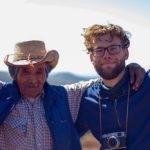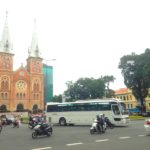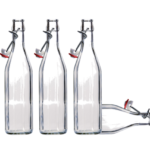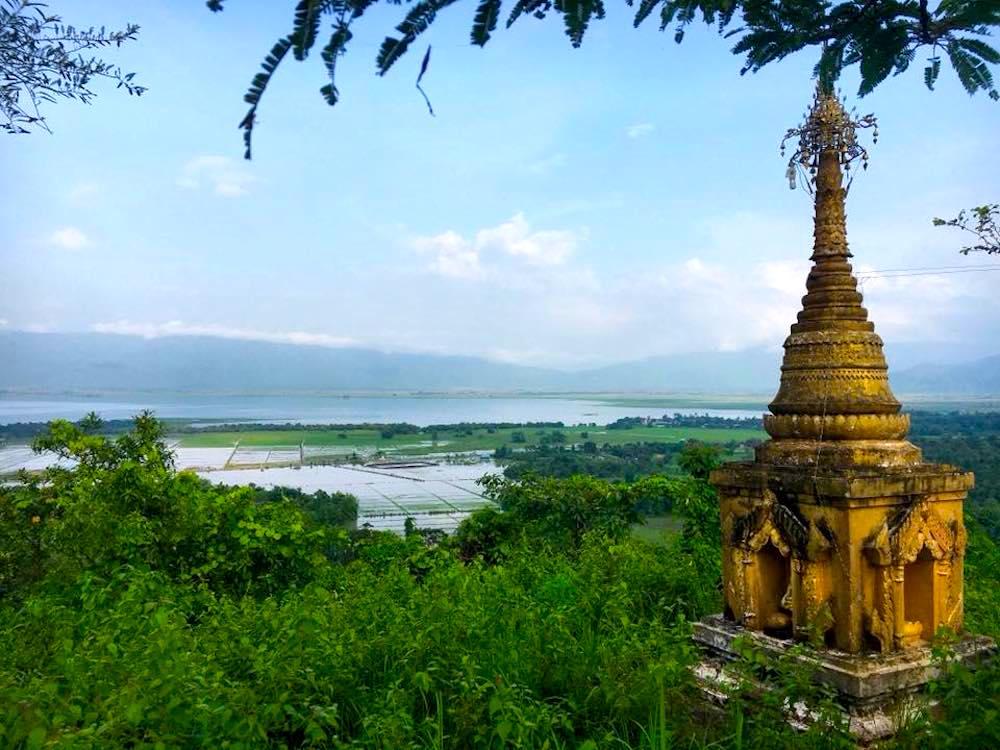
Lon Ton, Myanmar (TAN): Face of Indawgyi, a sustainable social enterprise based at Indawgyi Lake in the Kachinstate of Myanmar, is trying to facilitate sustainable and community-based tourism at the lake, which is Myanmar’s largest.
Kachin is the northernmost state of Myanmar. It is bordered by China to the north and east, Shan state to the south and Sagaing region and India to the west.
The idea for Face of Indawgyi came during US-native Stephen Traina-Dorge’s visit to Lon Ton village on the southeast shore of the lake, while making a video documentary in 2015. He was struck by the tranquility of the lake, the open friendliness of the people and their unique culture, says to The Irrawaddy.
[ALSO READ: Now is a great time to go on a working holiday to Australia. Here’s why]
“This really all stemmed out of cultural preservation. We were doing a cultural preservation documentary on thanaka and came here to document rural northern Myanmar. Right when we arrived, we felt the same thing — this place is incredibly special. We wanted to have more of an impact than the thanaka documentary work,” The Irrawaddy quoted Traina-Dorge as saying.
Thanaka is a yellowish-white cosmetic paste made from ground bark. It is a distinctive feature of the culture of Myanmar, seen commonly applied to the face and sometimes the arms of women and girls, and is used to a lesser extent by men and boys.
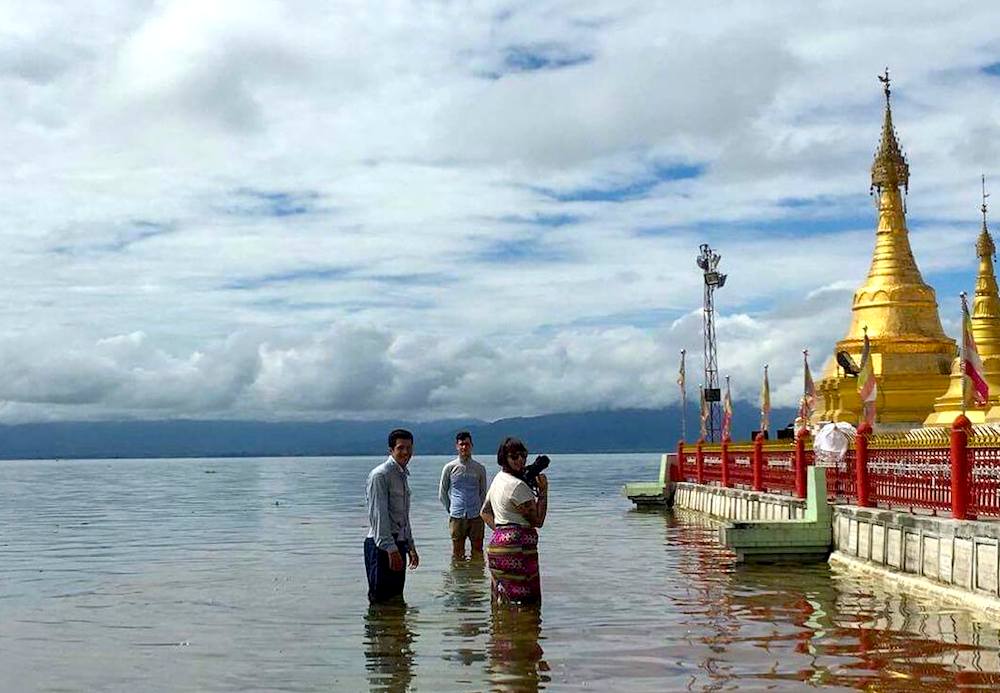
In July 2017, Traina-Dorge moved to Lon Ton and founded Face of Indawgyi. He was joined by a like-minded partner, Patrick Compton, also from the US. The project works on four principles: cultural preservation, environmental conservation, educational opportunities and sustainable business development.
[ALSO READ: How your flip-flops could end up costing you EUR 2,500]
Although more than 70,000 pilgrims visit the lake every year for the festival at Shwemyitzu Pagoda, a temple that appears to float on the lake, tourists are few but growing. Tourists who come here are lured to the lake, part of a UNESCO Biosphere Reserve, for its birdlife and populations of other endemic wildlife.
Face of Indawgyi helps to facilitate visits to the lake and also supports the community. It connects visitors to lots of sustainable, community-focused activities.
On a boat ride on the 260-square-km lake, one can enjoy the sight of some of the 20,000 birds that flock here from Siberia between November and March. You can join shrimp farmers on their wooden boats as they lay out their traps at dusk. Kayaks, bamboo bicycles and skateboards made from recycled plastic can be rented. You can also go on treks into the surrounding hills and various viewpoints by the lake. All of these activities mean financial income to local people here.
[ALSO READ: The world’s first vegan suite is here]
Government numbers show foreign visitors to Indawgyi remain below 1,000 per year. It’s difficult to even get to Lon Ton. The fastest way from Yangon (capital of Myanmar) is by a flight to Myitkyina and then by road for the four-hour trip to the village. Many travelers make their way here on a long train or bus journey north from Mandalay, stopping off at Katha and Bamaw.
However, better quality of accommodation is on the horizon. The Face of Indawgyi has begun making plans for a 10-room guesthouse on a sloping site right at the lake’s edge that it hopes to open in March 2020. Set to be the “cornerstone of Face of Indawgyi,” it will incorporate a hotel training centre funded by LuxDev (the aid and development agency of the government of Luxembourg) and a community event space.

